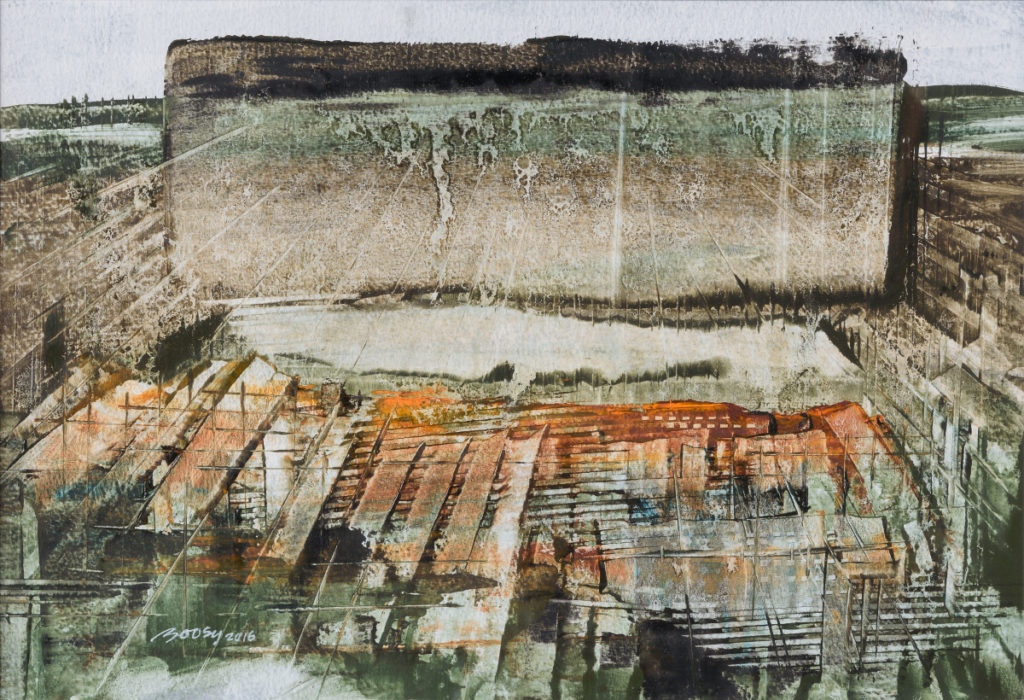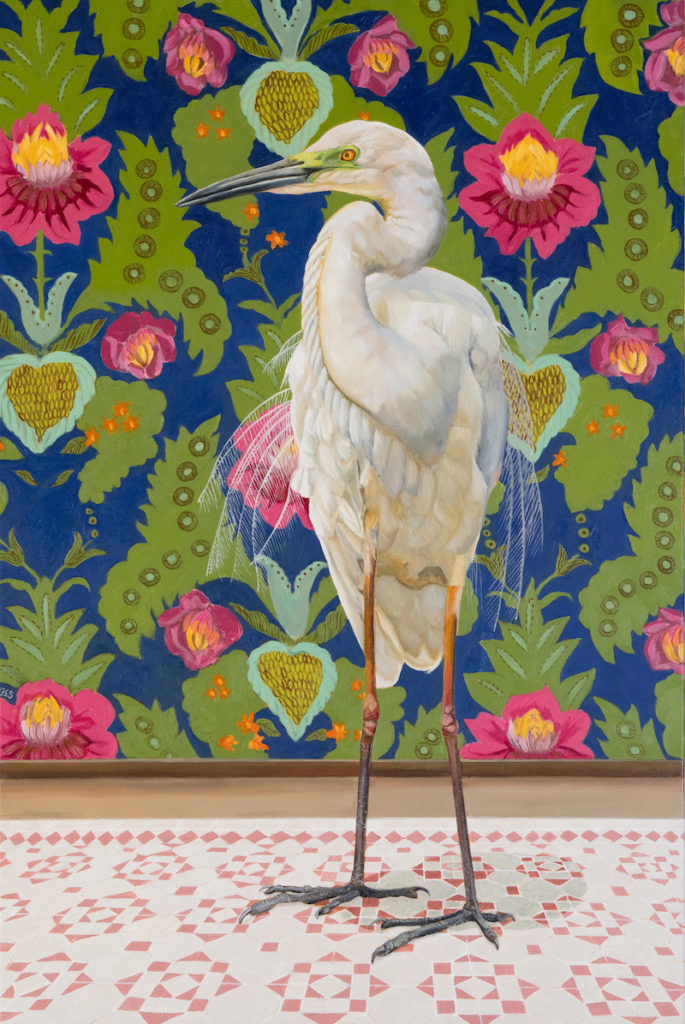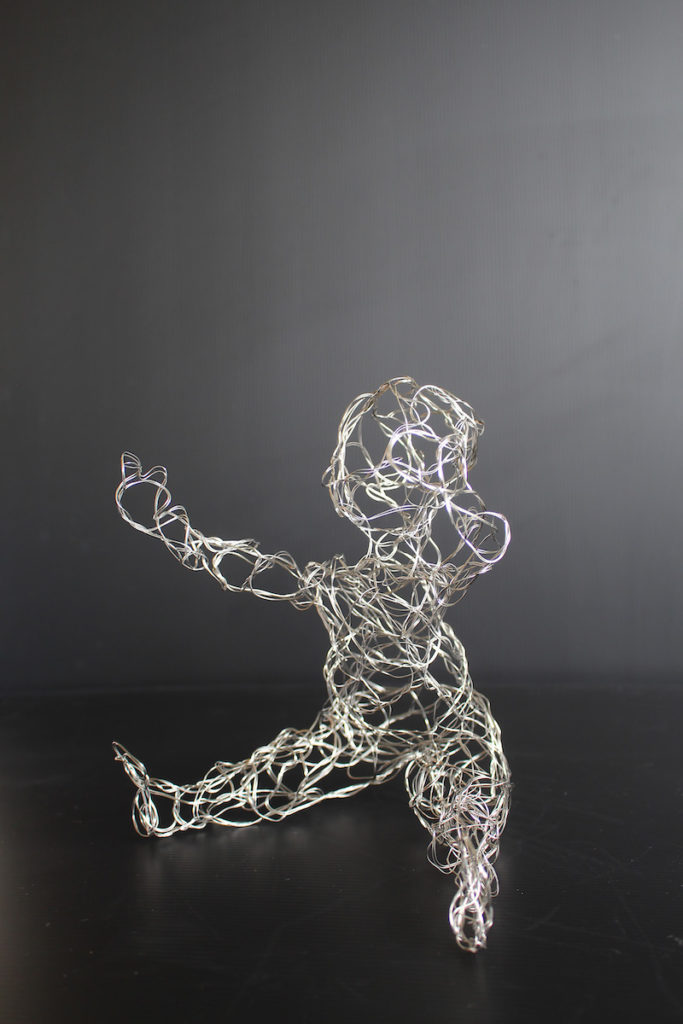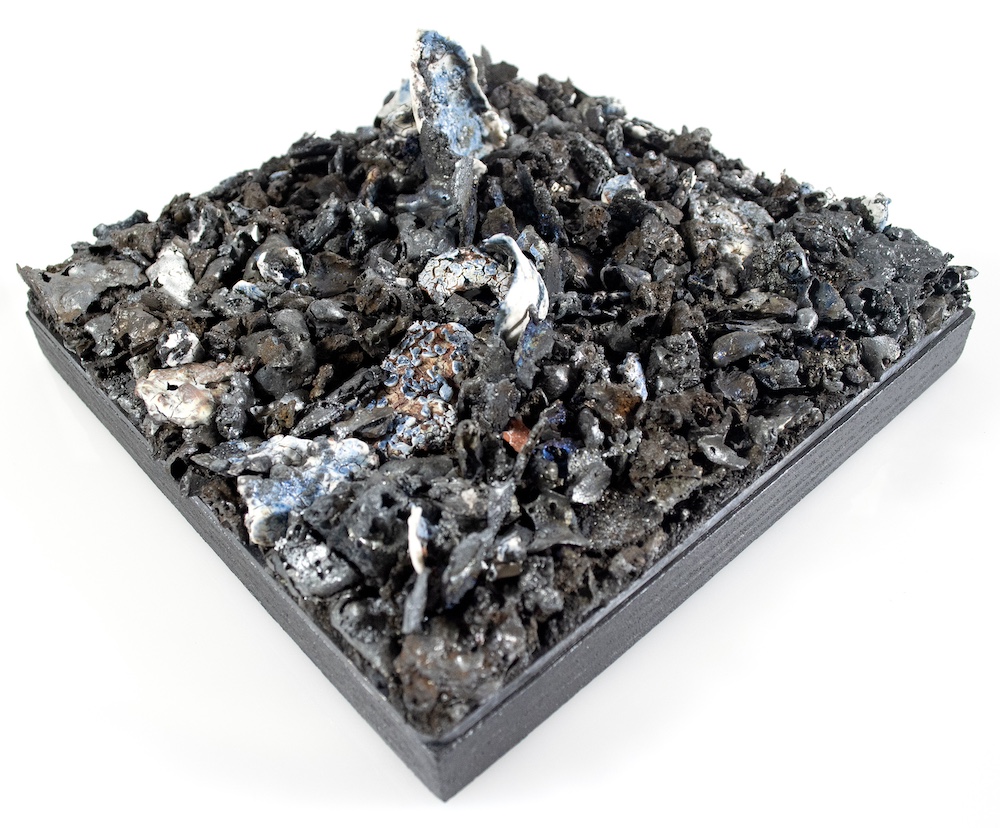Fairs
Singapore 2023: Fair Director’s Picks
Affordable Art Fair Singapore Fair Director, Alan Koh, gives us his top artworks on display this coming November edition.

The Affordable Art Fair Singapore Fair Director’s Picks! It’s time to gear up for the much-awaited art fair in November 2023, with a curated selection of top picks from Alan Koh, our Singapore Fair Director. Alan has personally chosen ten stunning artworks from a plethora of incredible submissions, each reflecting the vibrancy, creativity and diversity of our local and international artists.
Boo Sze Yang | UTTERLY ART
Boo Sze Yang draws inspiration from the bustling cityscape, focusing on transitional spaces like shopping malls, airports, train stations, and construction sites. In The Mirage #13, these settings serve as a lens through which he explores the complex relationship between urban progress and the natural world.
His series of semi-abstract paintings aim to push the boundaries between the tangible and the imaginary, creating an idiosyncratic and subliminal landscape. The intricate network of multi-spatial structures within these artworks mirrors the constant dismantling of the sites of memory. These images don’t evoke precise memories, but instead allude to a unique, in-between realm that exists between physical reality and utopia—an intriguing space where reality and fantasy coexist harmoniously.

‘The Mirage #13’, 2016, Oil on Watercolour Paper, 25 x 38cm, S$2,500 UTTERLY ART
Fiona Smith | SARAH BIRTLES
This great white egret is a species found around the world, including Australia, and often symbolises many great things in life – such as peace. The background is based on a type of French antique rose wallpaper from the 1870s. Together, the message of the peace bird and the red roses (true love) is one of hope that our better natures will steer us through some of the troubles the world is now facing.
It shouldn’t surprise anyone that Fiona Smith paints birds. She was raised on the fringes of a national park in Sydney, where the wildlife was far more plentiful than willing human playmates. Her oil paintings primarily focus on her elaborate and patterned bird works. The birds appear in interior settings, posed on furniture and objects and against vintage and antique wallpapers. The effect is to show the natural beauty of the bird, while expressing something of its personality.

Barbara Macfarlane | RHG
Barbara Macfarlane is a painter of landscapes. In her large scale works, typically done in oil and ink on folds of handmade Khadi paper (which she fabricates in Southern India), she makes sense of the land’s shape, its boundaries, its character and its history.
In 2012, she began a series of paintings that, while using all the painterly techniques of her established practice, borrowed from the methods of cartography and the compositional perspectives of aboriginal desert painting. She applied them to the landscape of the modern metropolis. Using abbreviated forms and gestural marks she captures the world’s great cityscapes.

In Paris, Turquoise, Macfarlane has chosen an aerial perspective, adopting the bold simplifications of map making to record the busy details of the city. Paris is defined by the broad sweep of the island-dotted Seine, with jewelled shards of pigmented blocks marking each arrondissement.
BODHI | GALLERY 1819
Of the Great Paroxysm & Scattering is the seventh painting of BODHI’s Curating Playlists’ series in which artworks are inspired by his musical interests in Electronic Dance Music (EDM).
Paintings from this series are contextualized by amalgamating real life scenes perceived by the artist with specific EDM tracks whilst perceiving those scenes, transfiguring them into surreal scenes which resonate with the visual themes and moods from music visualizers, videos and cover art congruent with the specific track being listened to through the process of assigning visual components to audio and then implementing them back into real life visuals.
Of the Great Paroxysm & Scattering is particularly inspired by harmonizing a scene of a group of people walking across the road at Somerset, Singapore together with the second drop of the track ‘Believer’ by Teminite (DubstepGutter Release).

Changhwa Lee | BOL Gallery
Lee’s pottery here was created during the pandemic when he felt deeply on how people were struggling, and was inspired to create something that gave hope and inspiration in troubling times.
He enjoys working with the medium of soil, and have always been interested in experimenting new methods to present soil as works of art, removing its other than the functionality of kettles, teacups, bowls, and cups. By putting several small wares into one large sculpture, the pottery is expressed as a seed-bearing fruit, ready to give life.


Victor Tan | Beautifully Made
Victor Tan, a practicing sculptor, earned himself a reputation in the art scene with his unusual and persistent choice of medium, wire. Coupled with his unique techniques, which he employs with great success, he investigates existential ideas about humanity, the isolation of the human emotions in the moment, and through the passage of time and life. Sculpture to him, is a way of exploring and experiencing the constant change and movement around him.
“I believe that what we truly lack in today’s world is not just basic necessities like food and shelter, but rather the feeling of being cared for and loved, and the assurance that we are not alone and that reaching out for help will not result in rejection? It seems that this loving “touch” is what’s missing in today’s society”
– Victor Tan
The vast majority of Victor’s sculptures have been centered on the human figure, birds, horses etc. This series of wired sculptures invites the audiences engage with the artworks by holding, carrying, or even hugging the sculptures.
Hong Sek Chern | Serenity Gallery
This painting parodies both traditional Chinese ink landscape and Asian religious mural art format in its attempt to imagine a future generation accessing our current state of existence. Documented in a manner reminiscent of how our forebears had recorded theirs for posterity, its title is taken from A Fairy Song in Midsummer Night’s Dream by Shakespeare.
“Over hill, over dale, Thorough bush, thorough brier, Over park, over pale, Thorough flood, thorough fire! I do wander everywhere, Swifter than the moon’s sphere.”

Patrik Wallner | Young Soy Gallery
Over the last decade, Wallner has harvested a compilation of unusual banknotes throughout his expeditions. It has always been a fascination for him to explore how a single piece of paper can give such a lucid glimpse into the history of a nation through the pictured historical figures, landscape and cultural traits.

By painstakingly folding, and reshaping them, Wallner has produced graphic structures and symmetrical patterns that illuminate the sheer power these banknotes behold. As payments are heading into a digital age, these twentieth century banknotes will be our last reminder of a time when we all had a piece of art crumpled up in our pockets and wallets.
Yu Uchida | SMART SHIP GALLERY
As part of the “Cool it” series, “Cool it (XS) Float” is a thought-provoking artwork that captures the irony of our modern-day consumer society. The piece depicts a miniature polar bear floating inside a small plastic bag filled with water, which is essentially a modern-day version of a snow globe. The polar bear is encased in the bag, seemingly protected from the outside world, but the ominous reality is that it is trapped and cannot escape.
The artwork is a reflection on how consumerism has led to the overconsumption of plastic products, which are increasingly contributing to the devastating effects of global warming and climate change. Moreover, the artwork critiques how we tend to compartmentalize the problem of mass production and consumption, thinking that as long we stay protected in our bubble, the issue does not concern us. However, like the polar bear trapped in the bag, we too are entrapped in the cycle of mass consumption and remain oblivious to the long-term consequences of our actions. “Cool it (XS) Float” serves as a poignant reminder that change is needed and that we must face up to the “beauty and ugliness” of the pleasure of kawaii in order to rethink our role in the world.

Cheryl Chiew | Art Forum
Cheryl Chiw creates fascinating artworks with very unique materials – molten metal liquified by heat and cooled into fragments, nature and time weathered objects with intriguing histories, and the balancing forces of gravity and magnetism.
“I hope for viewers to get up close with the works, these ‘otherworldly scapes’. To get absorbed into these private worlds and to explore the contours and crevices the way I was while making them. Each a journey for the curious.”
– Cheryl Chiew
She approached her sculptures as ‘sculptural paintings’, using her array of collected materials like pellets of paint, applying them meticulously on surfaces.

With We Are Stardust, there is an interplay of metallic formations and cobalt blue rustic porcelain shards – calling attention to the contrast of fragile porcelain against seemingly impervious metal. As its title suggests, the artwork may remind us of our interconnectedness, that despite differing forms, everything came from the same source.
Cheryl’s artworks often have such details, some hidden, that reward the inquisitive observer, revealing new discoveries at every viewing.
